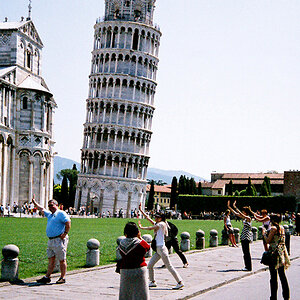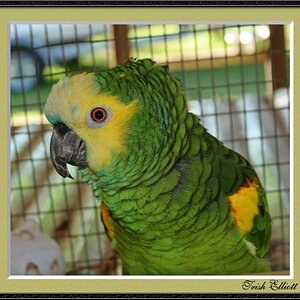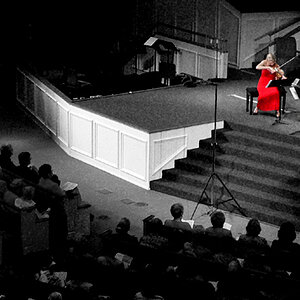- Joined
- Mar 22, 2014
- Messages
- 99
- Reaction score
- 29
- Location
- London , Kentucky
- Can others edit my Photos
- Photos OK to edit
Just purchased a 7Dmk2 for wildlife and sports. I'm wondering if the 300mm f4.0 would be a good choice field sports on this body. It would give the appearance of a 400mm f6.4 when taking the crop factor into consideration.. From what I've read this would be fine for wildlife but would it be considered too "long" for field sports such as baseball , softball and football ? I have a 70-200 I use on my FF body and with the Crop factor it's going to give me the look of a 112 - 320 and f4.4
Opinions please and thanks............
Opinions please and thanks............


![[No title]](/data/xfmg/thumbnail/40/40287-4f839095000f74d779b90ed75df9dc62.jpg?1619739408)

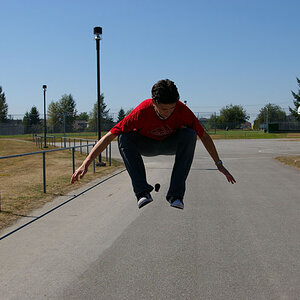

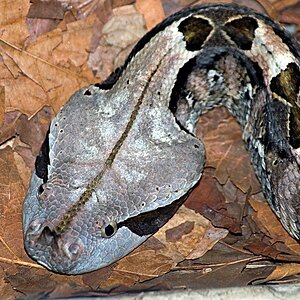
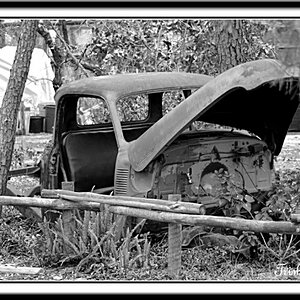
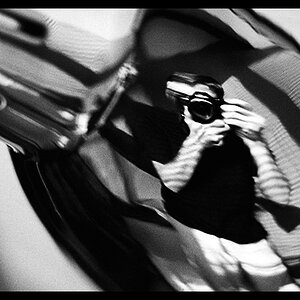

![[No title]](/data/xfmg/thumbnail/40/40286-86401b94de8b01bea8bb4ea154aaea0a.jpg?1619739408)
